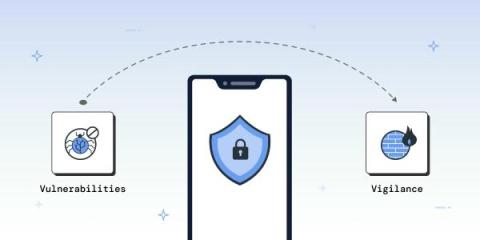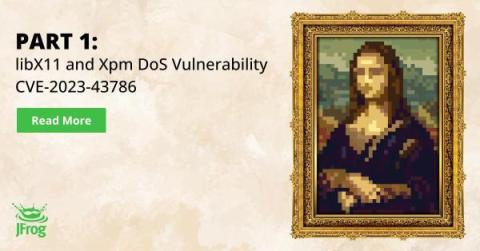Security | Threat Detection | Cyberattacks | DevSecOps | Compliance
Vulnerability
A Comprehensive Guide on OWASP Top 10 2023 Compliance
Are you looking for vulnerabilities in the right places?
Understanding and mitigating the Jinja2 XSS vulnerability (CVE-2024-22195)
On January 11th, 2024, a significant security vulnerability was disclosed in Jinja2, a widely used Python templating library. Identified as CVE-2024-22195, this cross-site scripting (XSS) vulnerability has raised concerns due to its impact on numerous projects. Jinja2 boasts over 33 million weekly downloads, nearly 10,000 GitHub stars, and over 90,000 dependent projects. The vulnerability affects all versions prior to 3.1.3, with the patched version 3.1.3 being the only safe option.
New Year's security resolutions for 2024 from Snyk DevRel, SecRel, and friends
Transforming what we learned in 2023 to new learning in 2024 will be an exciting and fulfilling journey. In 2023, we saw a huge surge in the use of AI, including cyberattacks utilizing AI and machine learning. We are also seeing an increased awareness in the need for application security posture management (ASPM). Snyk has also launched its own ASPM solution — Snyk AppRisk — designed to help AppSec teams implement, manage, and scale their security programs.
Apache ActiveMQ Vulnerability Leads to Stealthy Godzilla Webshell
Release Spotlight: Orca Connector
*nix libX11: Uncovering and exploiting a 35-year-old vulnerability - Part 1 of 2
The JFrog Security research team has recently discovered two security vulnerabilities in X.Org libX11, the widely popular graphics library – CVE-2023-43786 and CVE-2023-43787 (with a high NVD severity CVSS 7.8). These vulnerabilities cause a denial-of-service and remote code execution. X11’s latest versions contain fixes for these vulnerabilities.
Navigating the Shift: From Vulnerability Management to Continuous Threat Exposure Management
In the rapidly evolving cybersecurity landscape, organizations face an ever-increasing barrage of threats. Traditional vulnerability management, while foundational, often falls short in proactively and continuously identifying and mitigating threats. This necessitates a paradigm shift towards Continuous Threat Exposure Management (CTEM), a more dynamic approach that aligns with the complexities of today’s digital environments.











